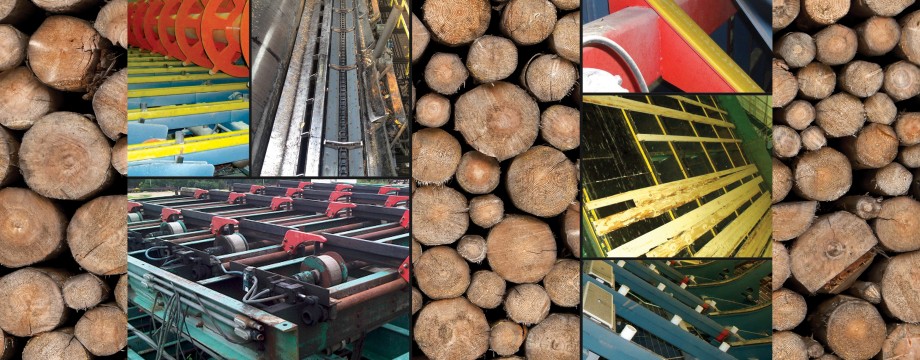The fall of 2016 is going to be an interesting time for the North American sawmilling industry. The 2006 agreement on softwood lumber between the two countries has expired and the U.S. may elect to go through litigation as of October of this year. This is a long, complicated dispute that has stretched over 30 years at this point and has the potential for flare-ups in the near future. Since this issue is so important to sawmillers in both countries, we would be wise to examine the history and context of this long-running trade dispute*.
The Nutshell:
At its core the dispute revolves around perceived unfair subsidies the Canadian sawmilling industry gets because Canadian lumber mostly comes from forests owned by the government. Therefore the “stumpage fee” is not set by the marketplace but by the government. The United States sees this as a subsidy and worthy of a countervailing duty tariff to bring Canadian lumber pricing up to market price. Canada disagrees, primarily arguing that countervailing duties are only against specific industries whereas “trees” can be used for many industries.
The Context:
For much of the timeframe during the dispute the Canadian dollar has been lower than the U.S. dollar making Canadian lumber that much more attractive to U.S. markets. As of 2015 the U.S. imported 69% of Canadian lumber (China held most of the remaining market share).
Although there were flare-ups of the dispute, first in 1982, then 1986 and 1991 starting in 2002 was the most notable phase of the dispute. For the first time the U.S. accused Canadian producers of “dumping” product on the market. A combined duty over 27% was levied on Canadian softwood, which hit the industry hard. The dispute was brought to World Trade Organization litigation where that although Canada won some hearings, the WTO did stress that Canadian policy led to financial burdens on U.S. producers. Finally in 2006 a softwood lumber deal was reached and renewed until it recently expired. Under the current framework duties were leveraged when the market price of softwood hit certain levels.
The Future:
A negotiation framework has yet to be set. Publicly, both parties are stressing negotiation but the U.S. side has made it clear that increased duties may be needed as they argue the lumber market has changed significantly since 2006. The “wild card” in these negotiations this time around is Canada’s stake in the U.S. lumber industry itself, as since 2006 Canadian lumber companies have bought a significant stake in U.S. sawmills. To put it in perspective, in 2006 Canadian lumber companies owned two U.S. sawmills. Now that number is forty.
*The facts in this article were sourced from the Wikipedia article on this dispute and its various links. A link to that article can be found here.


